Deputy Prime Minister Tran Hong Ha signed Decision No. 1131/QD-TTg dated October 9, 2024 promulgating the Plan to implement the Red River Delta Planning for the 2021-2030 period, with a vision to 2050.
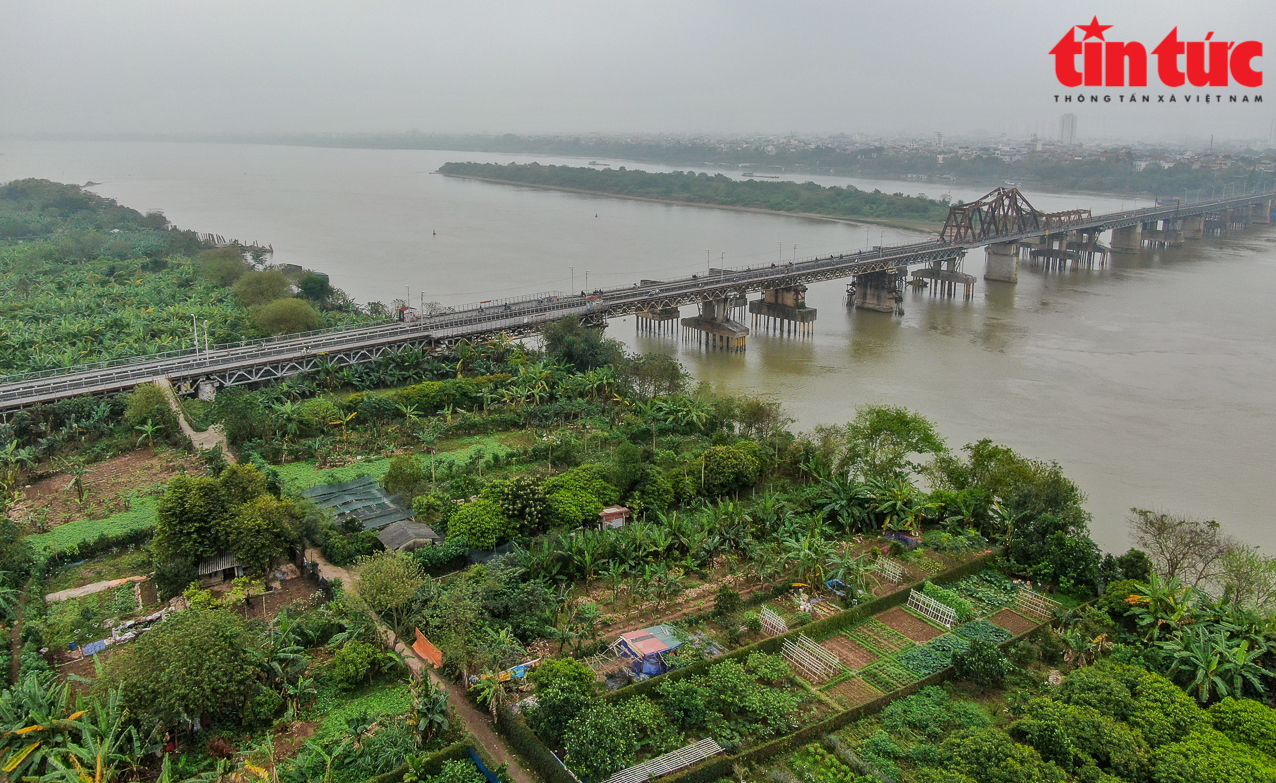
The key tasks of the Plan include: Developing synchronous, modern infrastructure, connecting intra-regional, inter-regional and international; developing the Red River Delta region to take the lead in developing education - training in science, technology, innovation, digital economy, digital society; promoting cultural values for socio-economic development; ensuring the urban system of the region develops in a balanced and sustainable manner, closely linked with rural areas, developing in the direction of green, smart growth, and adapting to climate change; handling environmental issues, using water resources effectively, economically and ensuring water security...
Complete a synchronous, modern and smart transportation network
Regarding the development of synchronous, modern infrastructure, connecting intra-regional, inter-regional and international: Developing the North-South economic corridors in the direction of the North-South expressway in the East and West, National Highway 1 (Bac Ninh - Hanoi - Ninh Binh), the Hanoi - Hai Phong - Quang Ninh economic corridor, the coastal economic corridor of the Gulf of Tonkin (from Mong Cai (Quang Ninh) to Kim Son (Ninh Binh)), and the National Highway 18 corridor (Noi Bai - Ha Long). Focusing on developing modern industrial production and service sectors: Electronics, software production, artificial intelligence, automobile production, supporting industries, trade services, logistics, finance - banking, tourism, telecommunications, specialized healthcare. Expanding the development of high-tech agriculture, clean agriculture, forming large-scale production areas associated with the processing industry. Focus on developing a comprehensive product chain of cultural and historical tourism, sightseeing, resorts, sea entertainment, and urban tourism in the dynamic tourism area of Hanoi - Quang Ninh - Hai Phong - Ninh Binh.
Complete a synchronous, modern, smart transport network, apply digital technology to connect intra-regionally, inter-regionally and internationally; develop multimodal transport, promote advantages of seaports, airports, roads, railways, inland waterways and connecting corridors of the region. Speed up progress, complete a number of key national transport infrastructure projects with regional connectivity, digital infrastructure, urban infrastructure, urban transport projects, belt routes, radial axes, static transport systems. Develop Hanoi's urban infrastructure: Urban railways, underground space, completely resolve traffic congestion and flooding.
Focus on investing in modern and safe telecommunications and digital infrastructure, especially broadband telecommunications infrastructure, cloud computing, IoT, etc. Promote socialization of investment in cultural, sports and tourism projects. Focus on investing in projects to collect and treat waste, wastewater, and prevent flooding, especially in Hanoi and major cities. Synchronously develop agricultural and rural infrastructure; renovate and upgrade irrigation systems, river and sea dykes, especially level III and special dykes in the Red River and Thai Binh River systems; focus on investing in projects to prevent and combat natural disasters and adapt to climate change.
Forming economic zones, industrial parks, concentrated information technology zones, and free trade zones on the basis of perfecting policies, development models, and management to create breakthroughs in promoting economic restructuring and innovating the growth model of the region. Building synchronous and modern infrastructure for economic zones, industrial parks, and free trade zones, linked to international and regional linkage corridors, attracting investment, and being internationally competitive.
Forming and developing a synchronous education and training system from kindergarten to university in a modern direction.
Regarding the development of the Red River Delta, taking the lead in developing education and training in science, technology, innovation, digital economy, and digital society: Forming and developing a synchronous education and training system from preschool to university in a modern, integrated, effective, fair, and transparent direction. Building the Red River Delta into a high-quality education and training center of the country, region, and the world. Improving the quality of vocational education in an open and flexible direction to quickly and comprehensively develop human resources, especially high-quality human resources and skilled workers to meet the requirements of the Fourth Industrial Revolution and international integration.
Build and improve the operational efficiency of the regional innovation system and the innovative startup ecosystem; strengthen the potential of the innovation center system and regional and local innovative startup centers to support and promote technology transfer and innovation activities.
Establish and develop a national center for supporting innovative startups in Hanoi and other provinces and cities in the region. Establish innovative clusters based on linking science and technology organizations with high-tech parks, high-tech agricultural parks, financial centers, venture capital funds, universities, and research institutes.
Attract investment in economic zones and industrial parks, selectively, in accordance with the requirements and development potential of the region and localities in the region; prioritize investment projects with modern technology, technology transfer cooperation, ensuring quality, effective use of resources and labor, high added value and participating in the global value chain, adapting to the 4.0 Industrial Revolution.
Strongly develop cultural industry on the basis of exploiting and promoting historical and traditional values.
Regarding promoting cultural values for socio-economic development: Focus on preserving and promoting the value of cultural heritages, especially national historical and cultural relics, against the impacts and influences of other economic activities such as historical and cultural relics, scenic spots associated with the Dinh, Ly, Tran dynasties... in the process of national construction and defense and national relic sites, temples, pagodas; review, restore, renovate, embellish, preserve and promote the values, historical relics, and cultural heritages of localities.
Promote linkages between cultural fields to effectively utilize and exploit available resources while meeting diverse needs for socio-economic development of localities in the region; promote the connecting role of the national center - Hanoi, the regional center in cultural activities; strongly develop cultural industry on the basis of exploiting and promoting historical and traditional values. Focus on linking cultural development of the Red River Delta with other regions in the country in association with the formation and development of economic corridors connecting the dynamic centers of the provinces in the region with other regions. Form regional linkages connecting cultural and spiritual heritage works along the Red River along the Thang Long - Pho Hien - Tam Chuc - Bai Dinh - Chua Huong axis, associated with traffic infrastructure connecting the Hanoi - Hung Yen - Ha Nam - Ninh Binh region.
Focus on developing urban areas on both banks of the Red River
Ensure the regional urban system develops in a balanced and sustainable manner, closely linked to rural areas, develops in the direction of green, smart growth, and is capable of adapting to climate change: Focus on developing a modern, smart, sustainable, networked, and climate change-adaptive urban system in the region; allocate reasonably, ensure synchronization and unity so that the Red River Delta becomes a large urban area with a high urbanization rate and good quality of life. Take the orientation of public transport development as the basis for urban planning (according to the TOD model). Focus on developing urban areas on both sides of the Red River and major rivers in the region, meeting the requirements of flood drainage, natural disaster prevention and control, and effectively exploiting and using space and land funds.
Develop provincial and municipal administrative centers to strengthen connectivity, form urban chains, and accelerate urbanization.
Synchronously implement policies, invest in urban infrastructure projects to reduce traffic congestion and prevent flooding in large cities (especially Hanoi and Hai Phong), promote the development of satellite cities; continue to relocate universities and hospitals out of the center of Hanoi. Have strong enough policies to ensure the acceleration of the development of social housing for low-income people, housing in industrial parks for workers and the construction of cultural institutions, especially for workers and laborers working in industrial parks...
VNA/baotintuc
Source: https://baohanam.com.vn/chinh-tri/ke-hoach-thuc-hien-quy-hoach-vung-dong-bang-song-hong-139370.html



![[Photo] Closing of the 11th Conference of the 13th Central Committee of the Communist Party of Vietnam](https://vstatic.vietnam.vn/vietnam/resource/IMAGE/2025/4/12/114b57fe6e9b4814a5ddfacf6dfe5b7f)

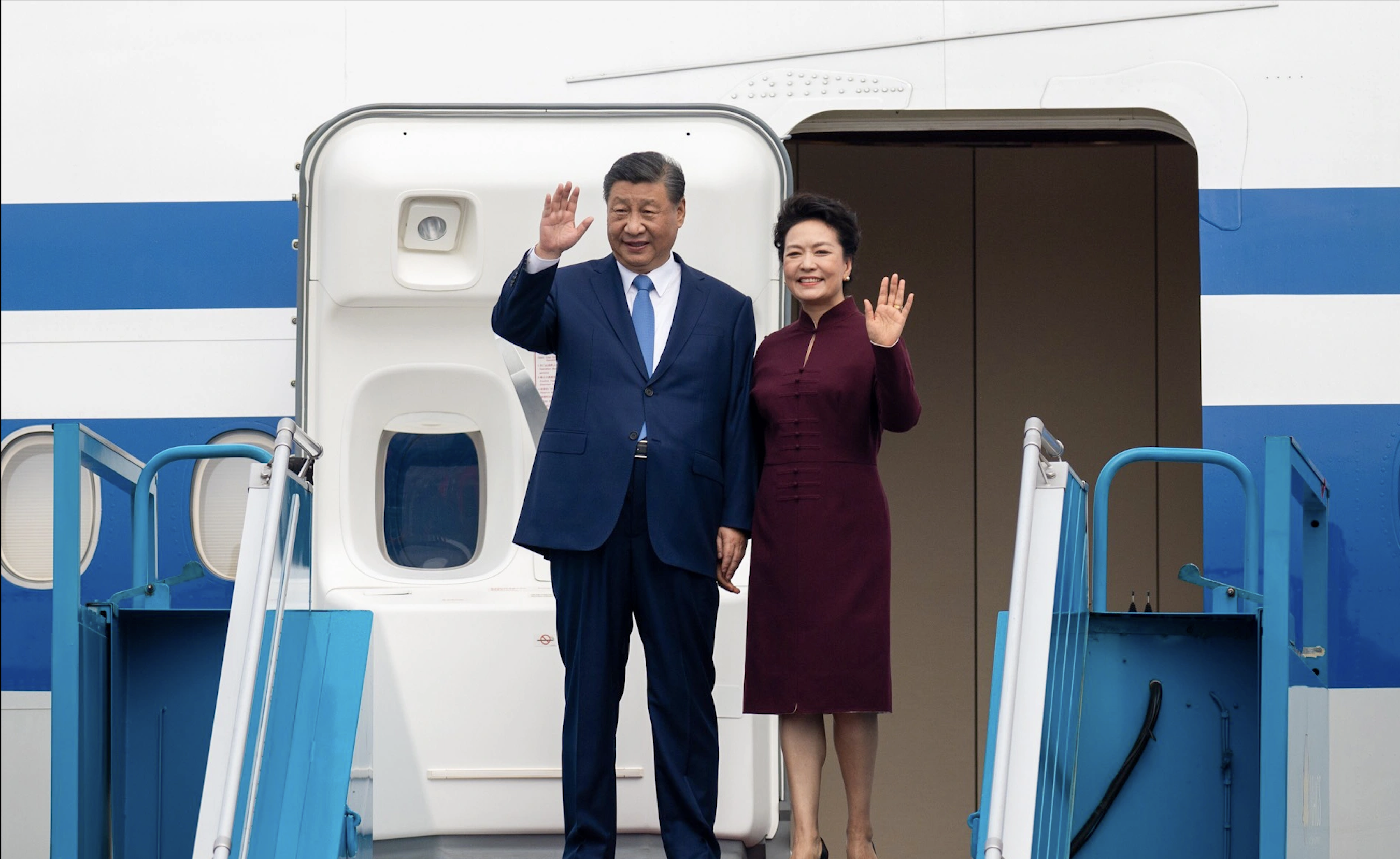

![[Photo] Overcoming all difficulties, speeding up construction progress of Hoa Binh Hydropower Plant Expansion Project](https://vstatic.vietnam.vn/vietnam/resource/IMAGE/2025/4/12/bff04b551e98484c84d74c8faa3526e0)
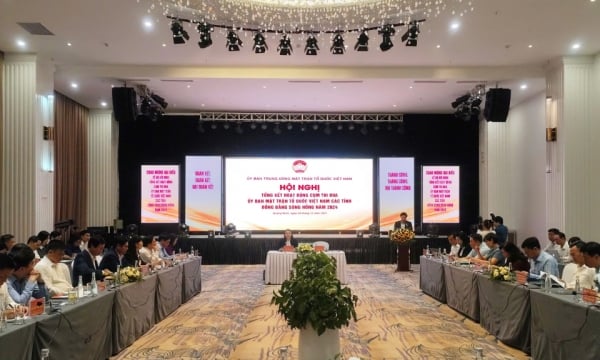
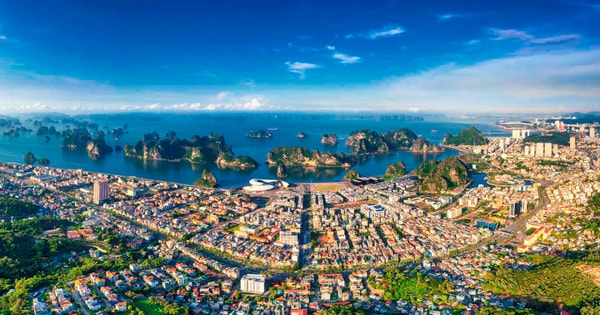
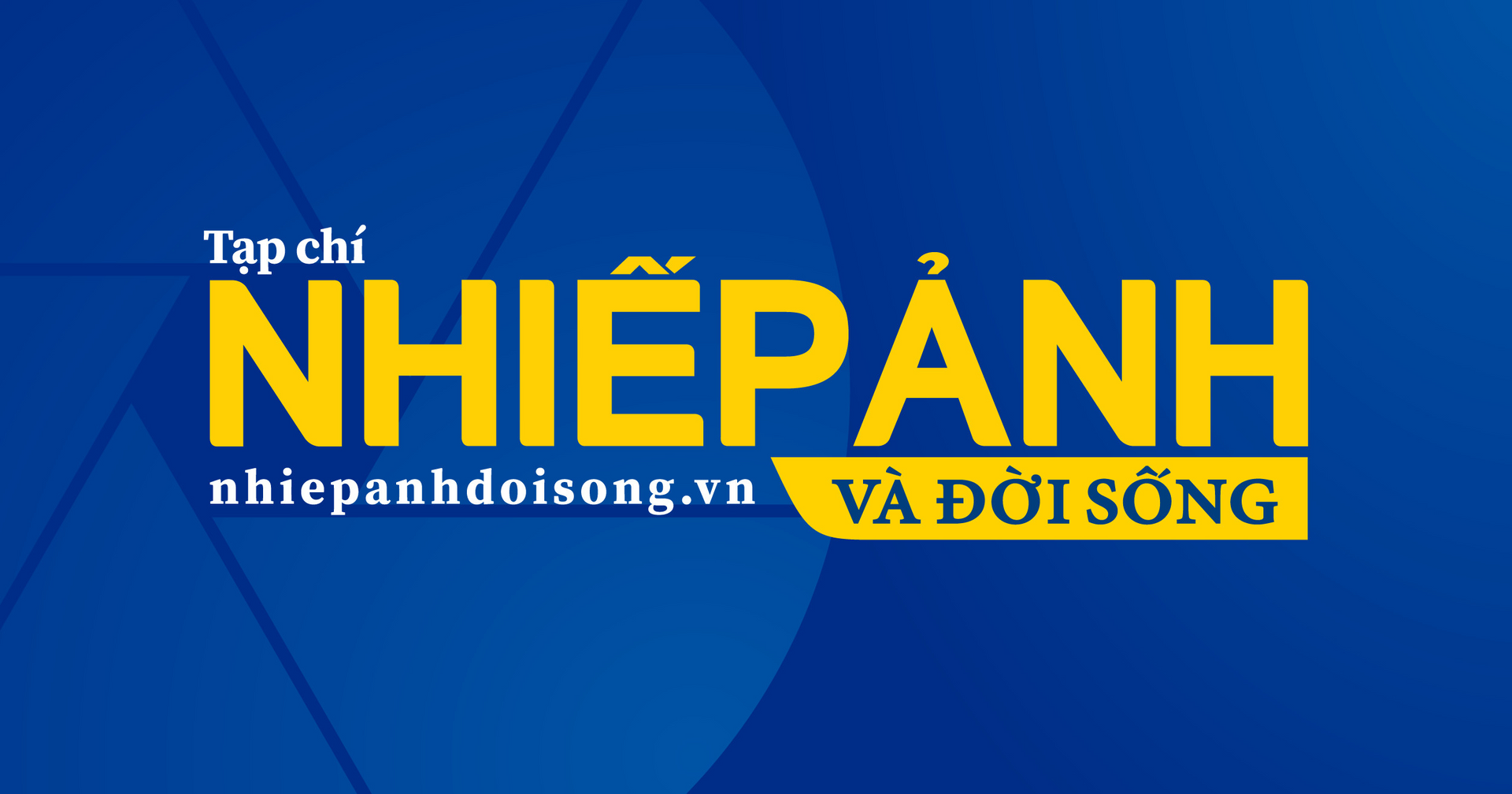
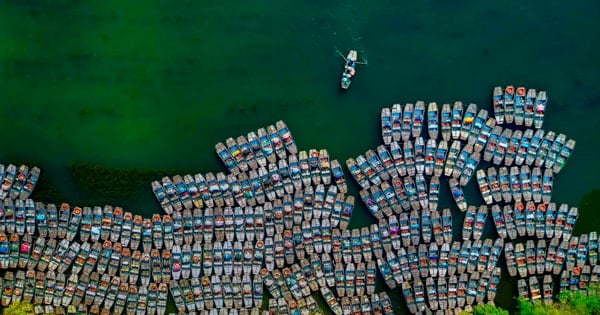
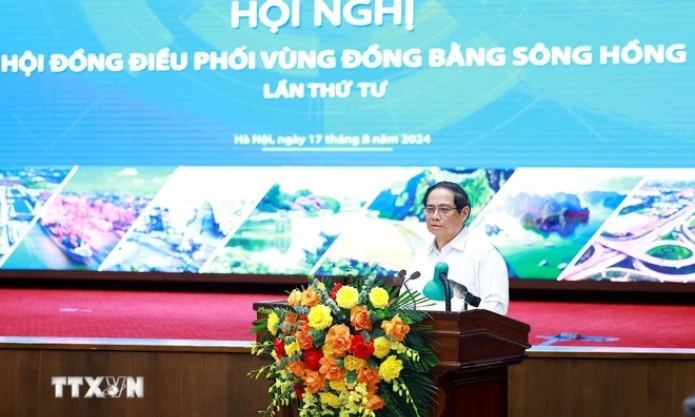
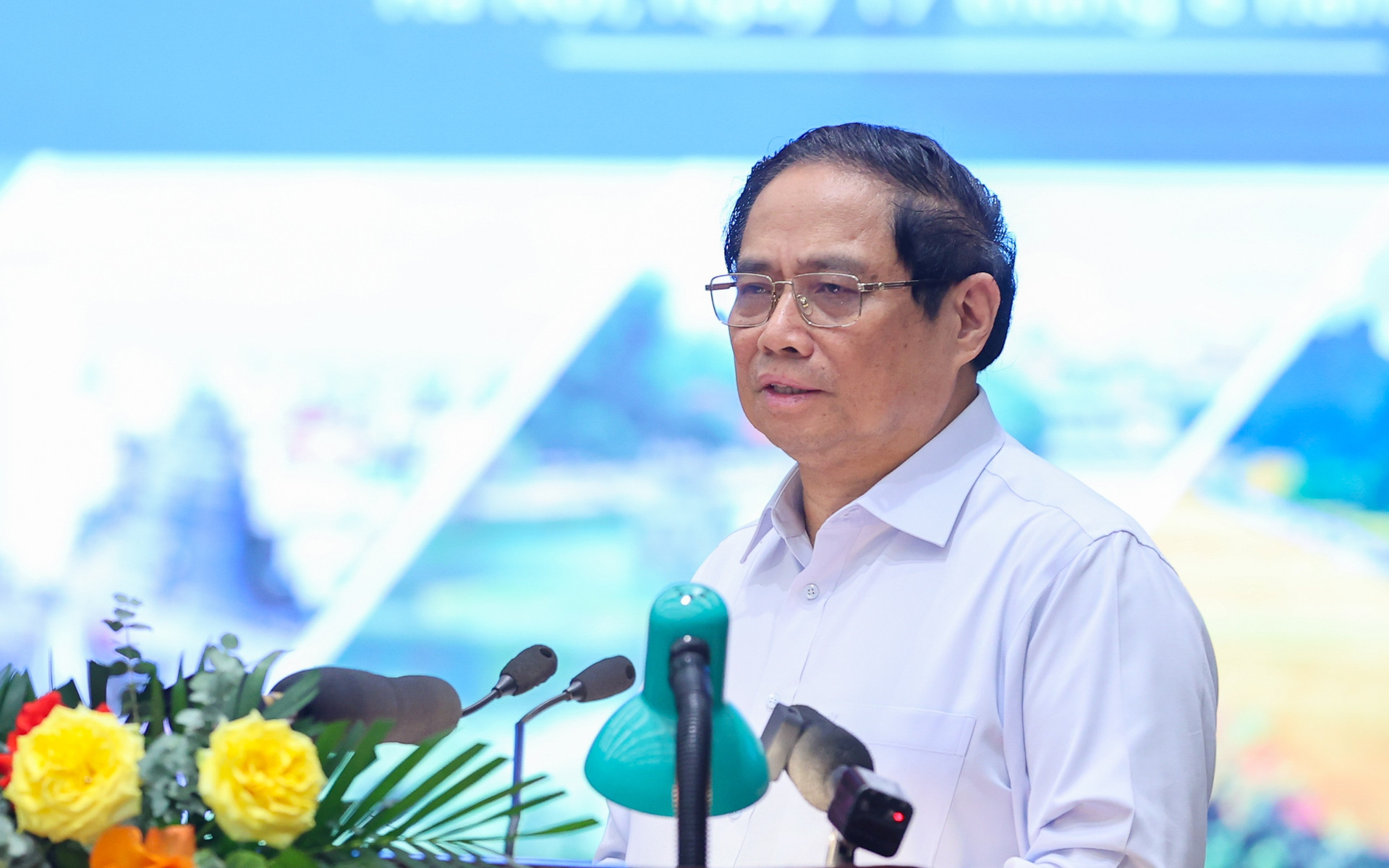
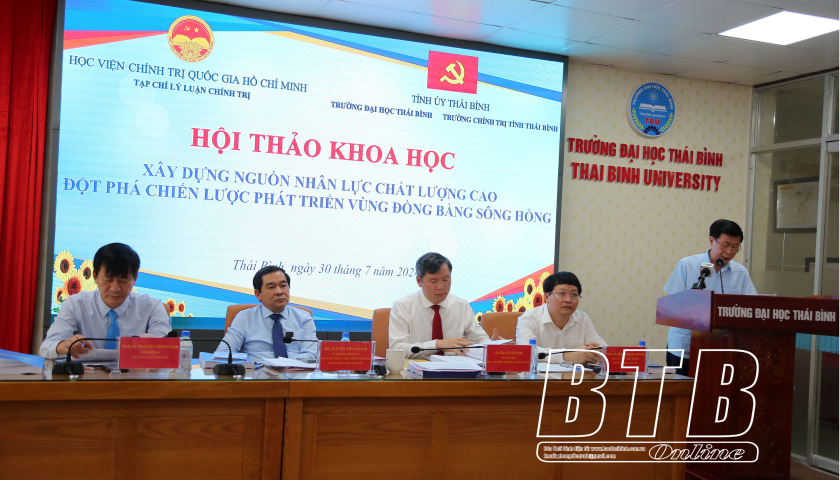
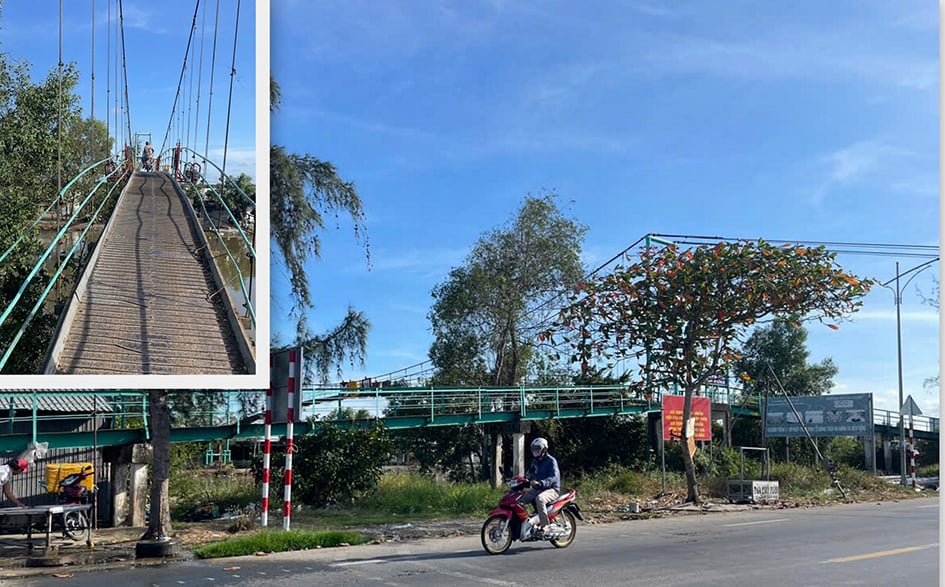
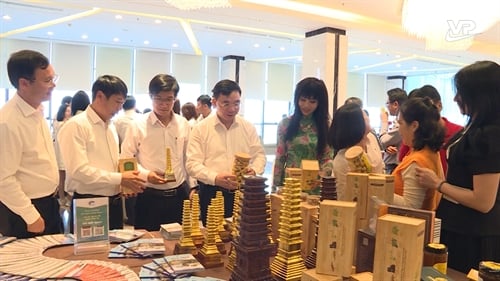
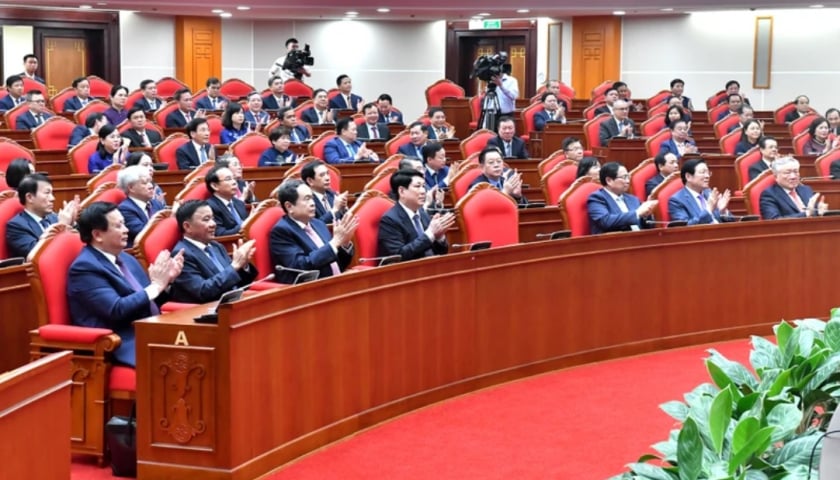
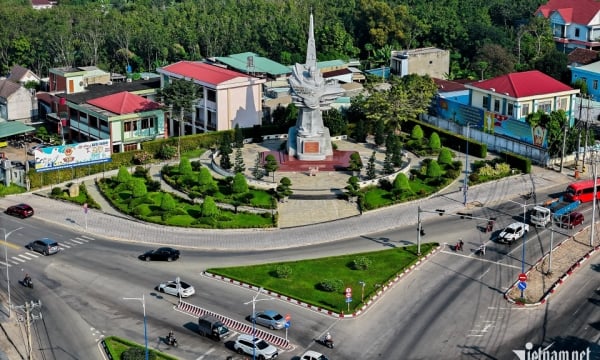
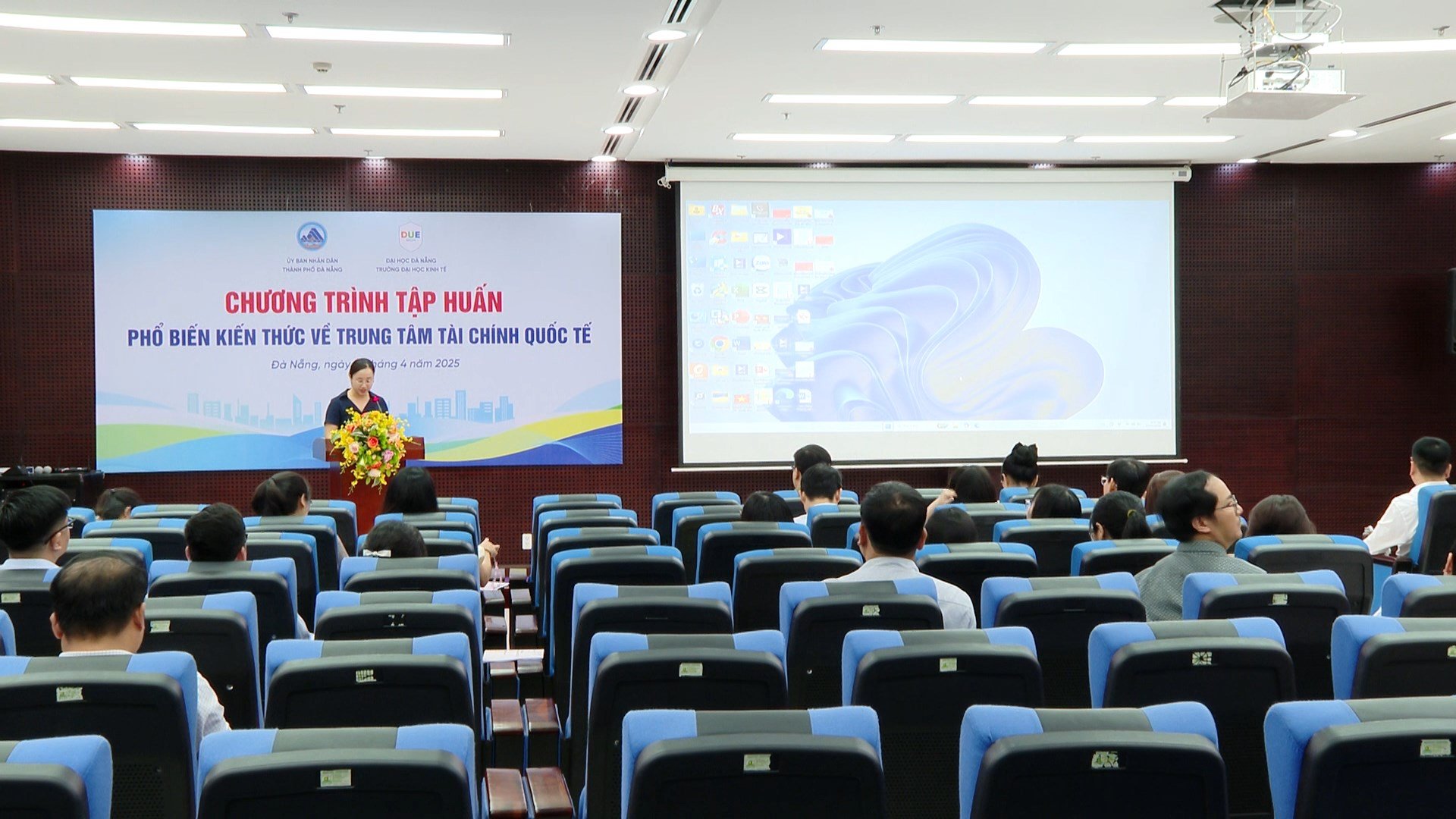
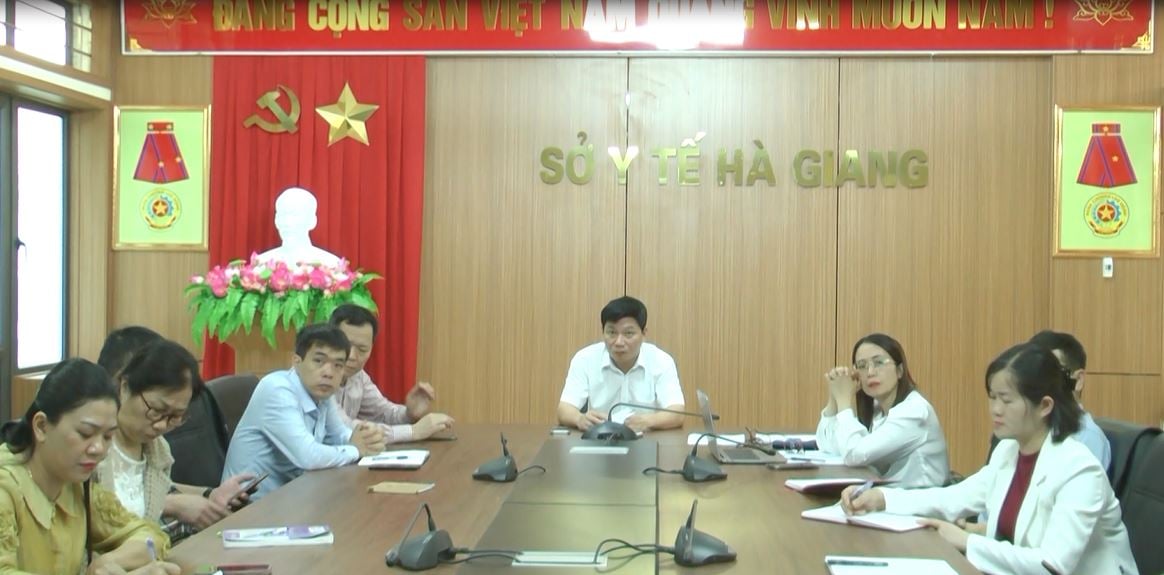



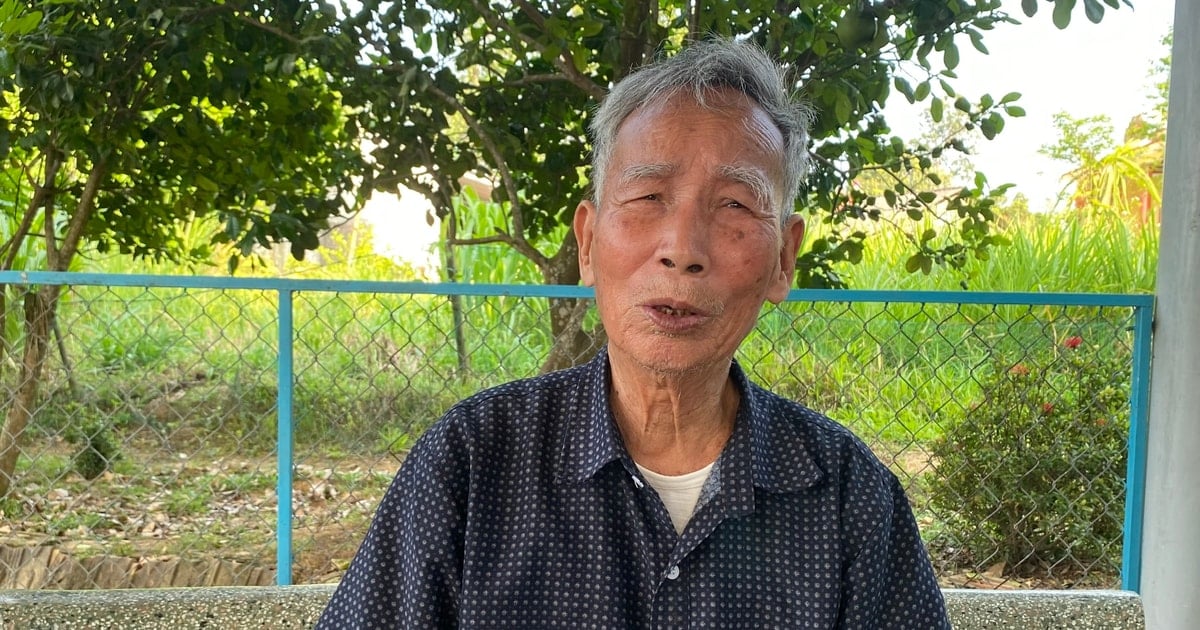
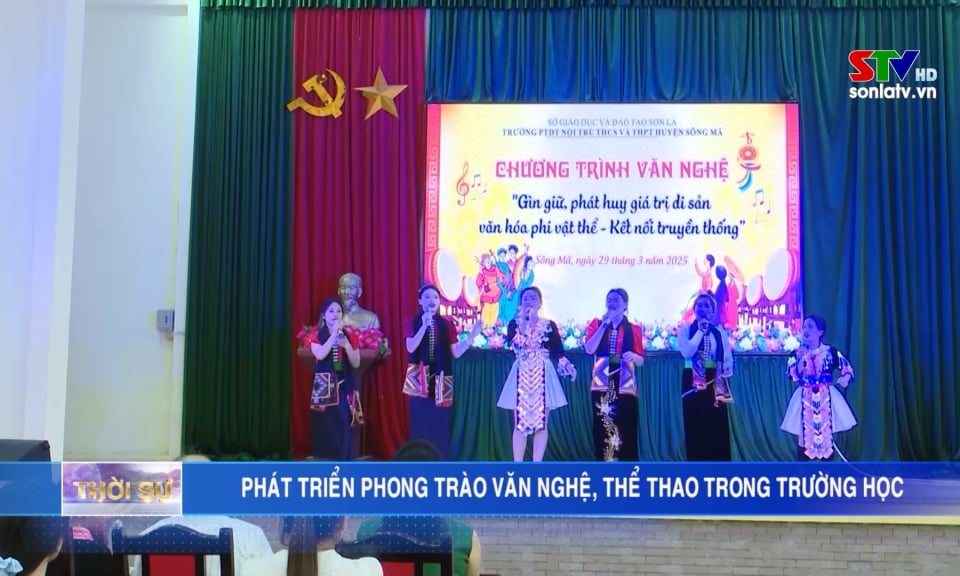
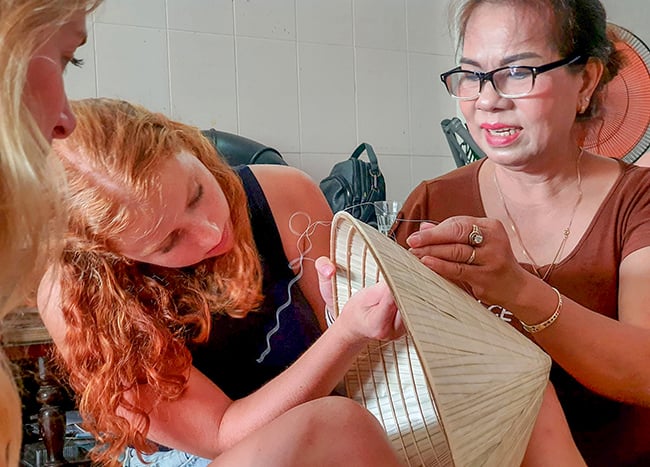
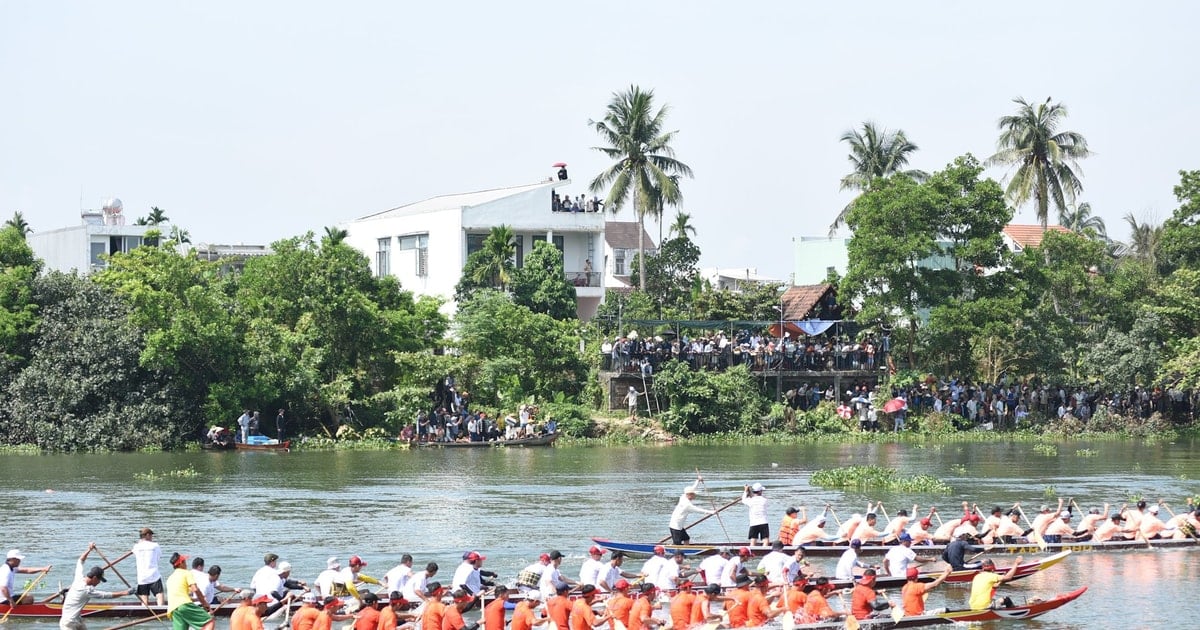
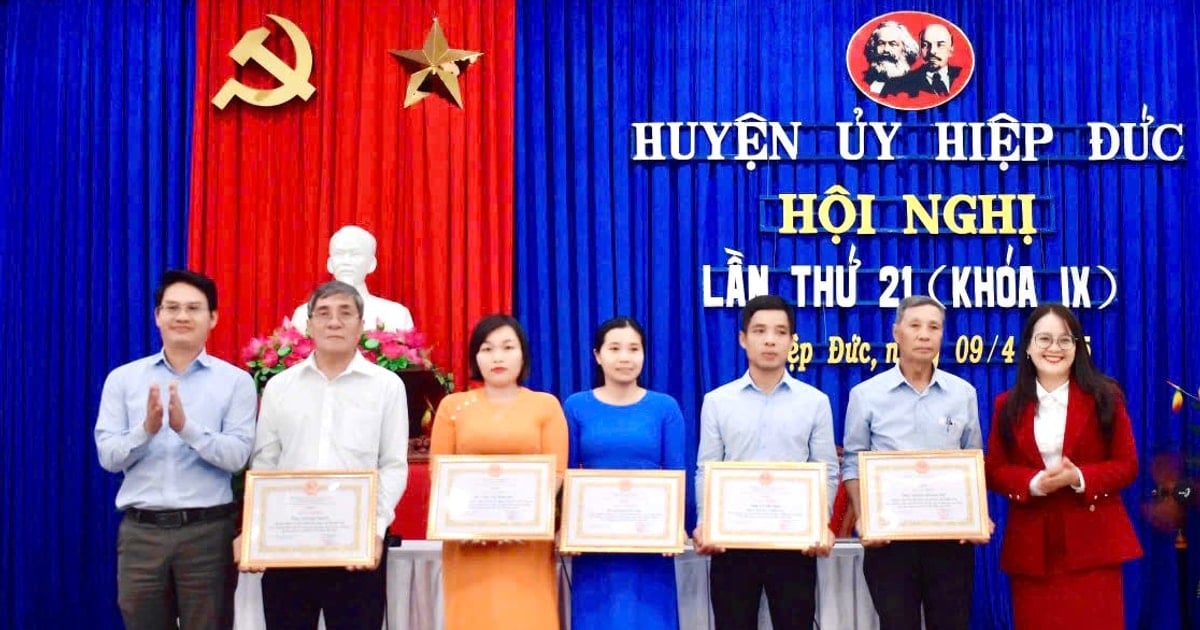
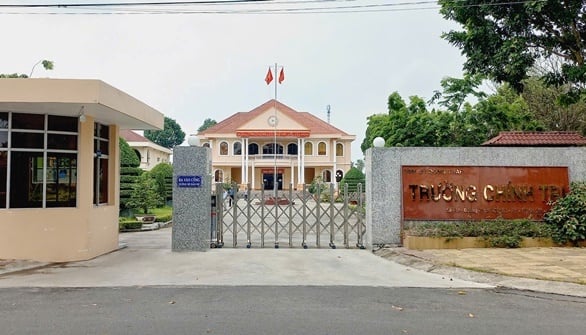













































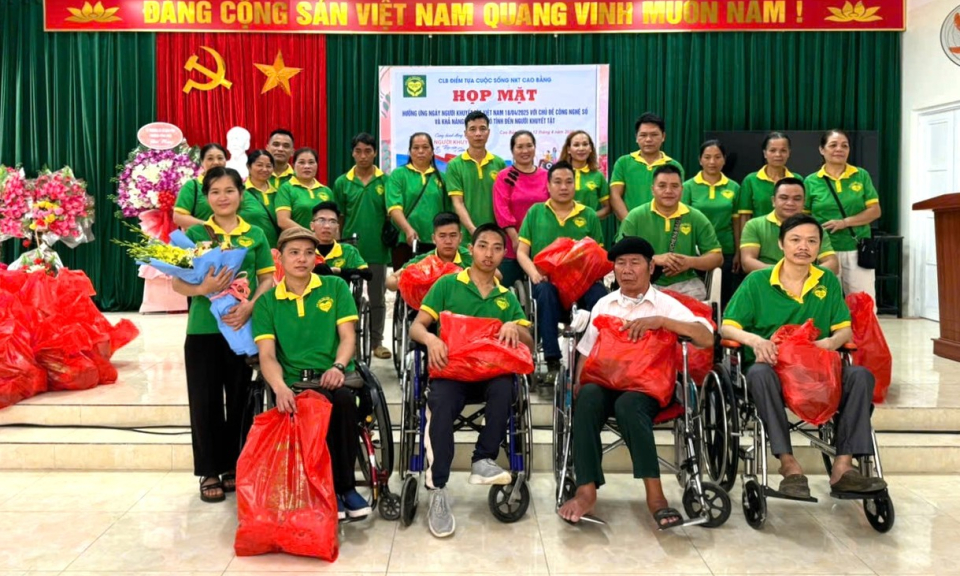

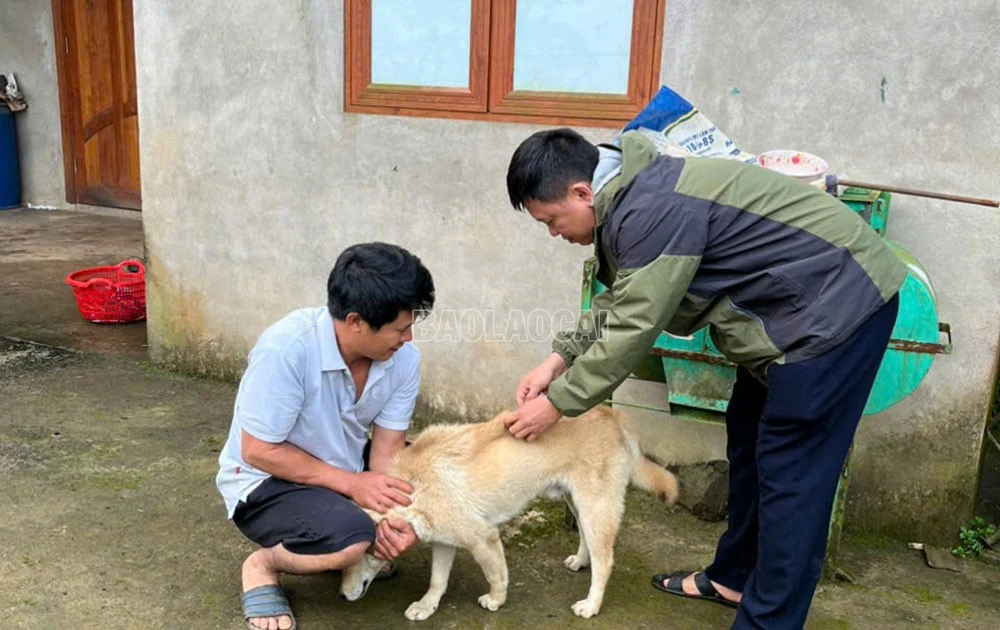



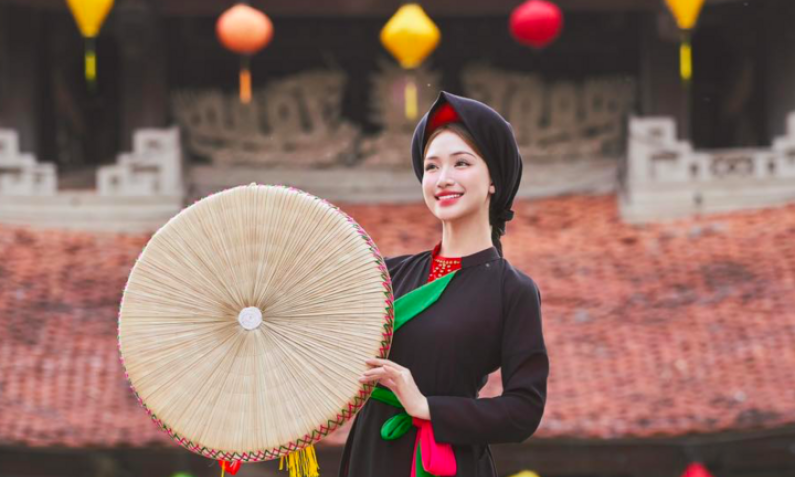
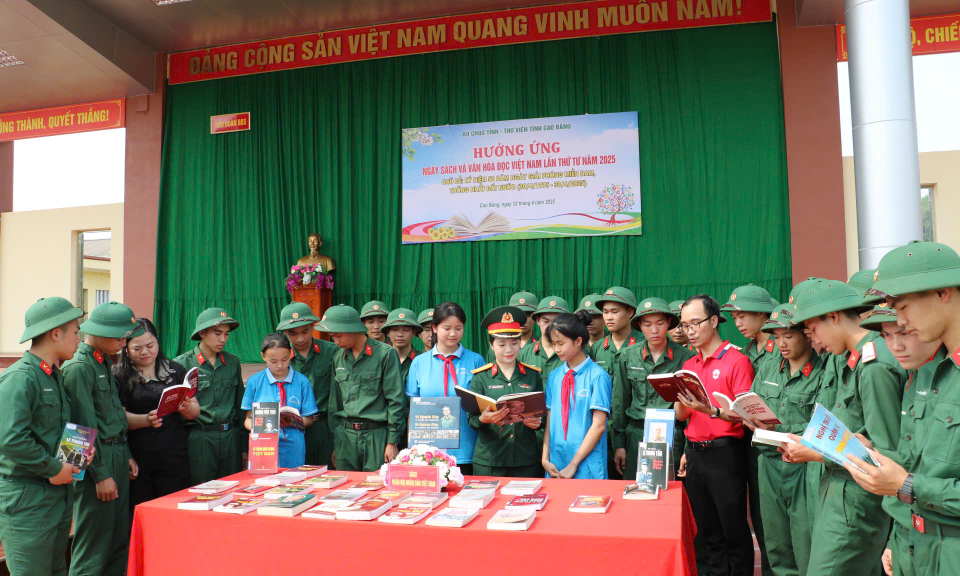
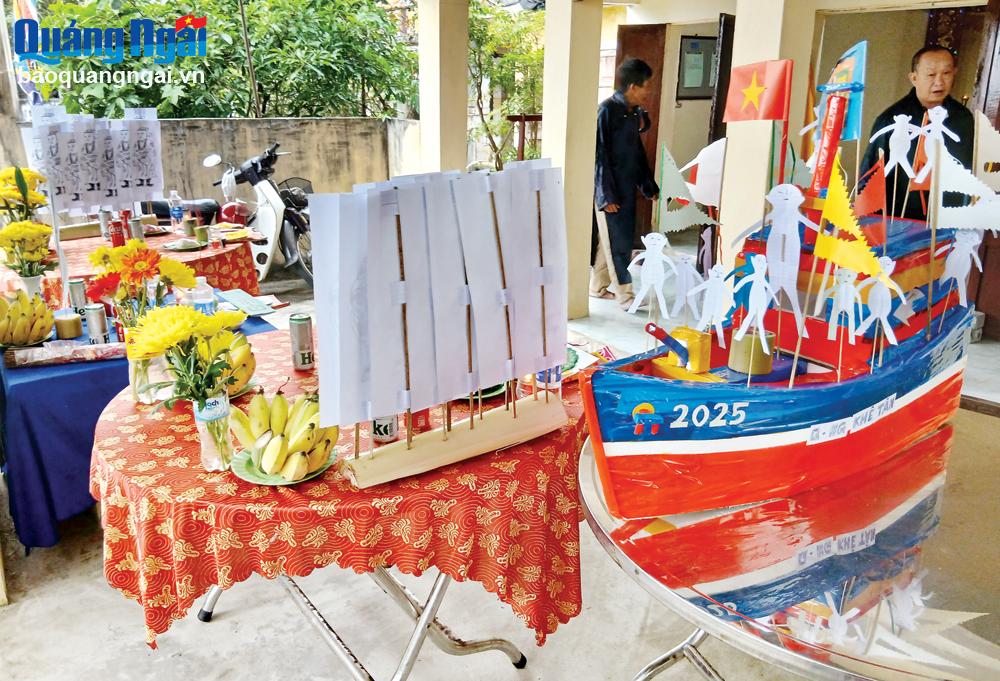











Comment (0)